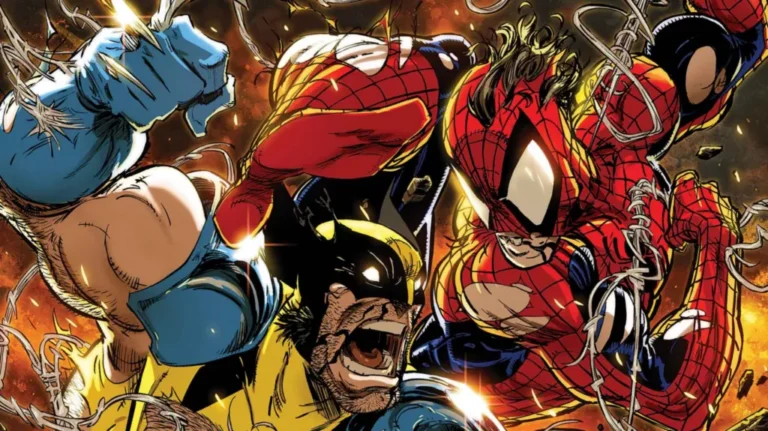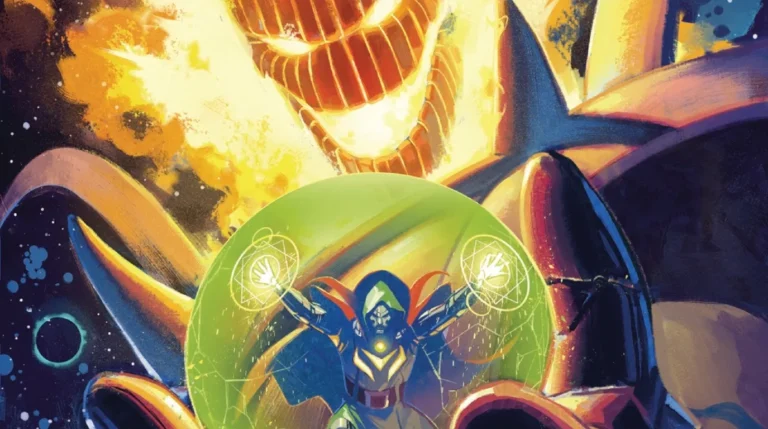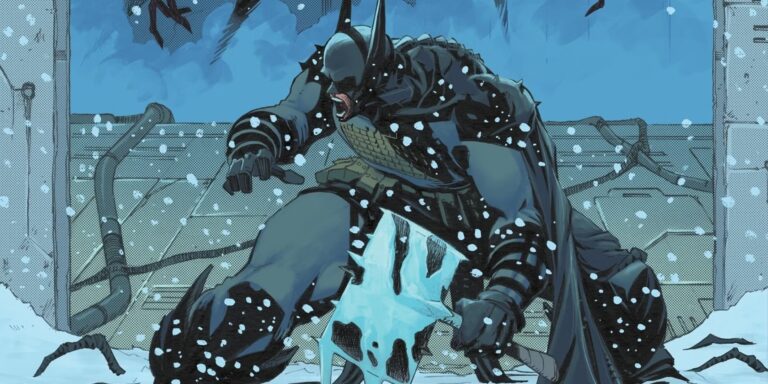
The Thunderbolts movie has finally dropped, and while it’s packed with morally gray antiheroes and explosive action, one character has reignited curiosity and controversy alike: Taskmaster. Shrouded in mystery, skilled beyond comprehension, and seemingly operating in the shadows of every conflict, Taskmaster once again asks the age-old Marvel question: who is really behind the mask?
While the film updates the character for a new generation, Taskmaster’s roots in Marvel Comics run deep—and they’re far more twisted, layered, and iconic than many fans may realize. So, who exactly is Taskmaster? Let’s unmask the legend, the villain, the enigma.

Taskmaster first appeared in The Avengers #195–196 (1980), created by writer David Michelinie and artist George Pérez. His real name? Tony Masters—a former S.H.I.E.L.D. agent with a gift (and curse) that would define his entire life: photographic reflexes.
What does that mean exactly? Simply put, if Taskmaster sees it, he can do it. Whether it’s Captain America’s shield throw, Hawkeye’s marksmanship, or Spider-Man’s agility, Taskmaster can replicate it instantly. The ability made him a formidable agent—but it came at a cost.
After injecting himself with an experimental serum to enhance his mimicry powers, Tony lost parts of his own memory. The more skills he absorbed, the more pieces of his identity slipped away. Over time, he became a mercenary, trainer-for-hire, and sometimes outright villain. He’s taught HYDRA goons how to fight like the Avengers. He’s trained the Black Widow’s Red Room recruits. And on occasion, he’s even helped heroes when the price—or cause—was right.
It’s easy to label Taskmaster a simple “mimic villain,” but he’s far more than that. His skills come with limitations—he can’t mimic superpowers like energy blasts or flying, and while he can copy moves, he can’t replicate the instinct and improvisation that make someone like Spider-Man truly unpredictable.

What makes him dangerous is his adaptability and foresight. He studies his opponents before battle, picking apart weaknesses and turning their own techniques against them. He can defeat heroes by thinking like them, often before they even throw a punch.
But beneath the skull mask and the choreographed combat lies a tragic figure. In many stories, Taskmaster doesn’t even remember who he is. His brain is so overloaded with other people’s skills and memories that his own life becomes a blank slate. He knows how to fight like Captain America, but he can’t remember his wife’s name.
This conflict—between his power and his eroding self—adds a surprising layer of tragedy to what would otherwise be a classic villain archetype.
In 2021’s Black Widow, Taskmaster was introduced to the Marvel Cinematic Universe (MCU)—but with a dramatic twist. Instead of Tony Masters, the MCU version was Antonia Dreykov, the brainwashed daughter of General Dreykov, Black Widow’s long-time nemesis.
This Taskmaster had the same mimicry abilities, enhanced via technology rather than mutation or serum, and became an emotionless weapon under her father’s control. It was a polarizing take: some praised the change for modernizing the character and tying her story closely to Natasha Romanoff’s, while others felt it erased the essence of Taskmaster’s comic identity.
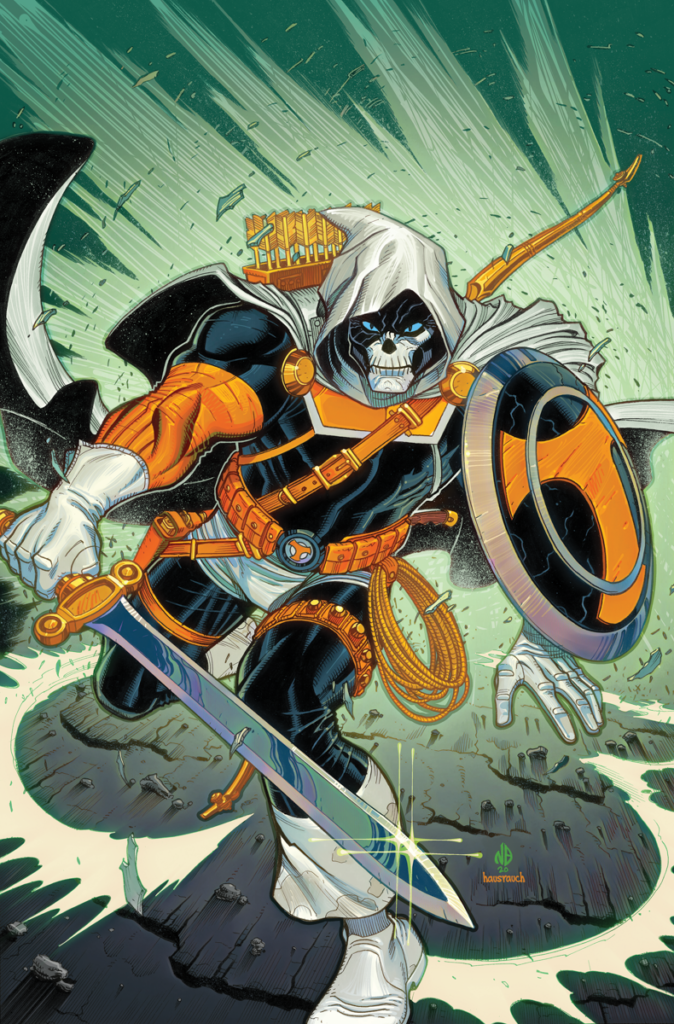
Still, the seeds of the original character’s tragedy—the lost identity, the stolen free will, the burden of becoming a mirror to everyone but oneself—were still present. And with Thunderbolts reintroducing Taskmaster to the team dynamic, questions naturally arise: is there more to Antonia? Could the original Tony Masters still exist in the shadows of the MCU?
In the Thunderbolts film, Taskmaster returns as a key member of the team—a group of reformed villains and antiheroes led by the likes of Yelena Belova, U.S. Agent, and Bucky Barnes. But fans who watched closely know there’s something off about Taskmaster’s presence. Silent. Calculating. Distant even from her teammates.
As tensions mount and agendas begin to clash, Taskmaster’s true motivations start to come into question. Is she still working under someone else’s orders? Is her programming truly gone? Or, in a twist worthy of Marvel’s best espionage tales, could someone else be wearing the mask?
Because in the comics, Tony Masters has a long history of deception. He’s faked his own death, impersonated others, and even gone deep undercover for S.H.I.E.L.D. If Antonia Dreykov is the face of Taskmaster in Thunderbolts, it wouldn’t be out of character for the real Taskmaster to be orchestrating events from behind the curtain. And let’s not forget, Taskmaster has trained more villains and soldiers than almost anyone in the Marvel Universe—he always has pieces on the board.
Whether Tony Masters or Antonia Dreykov wears the skull mask, Taskmaster represents something deeper in the Marvel mythos: the fear of losing yourself to power. The idea that being good at everything might cost you everything else.
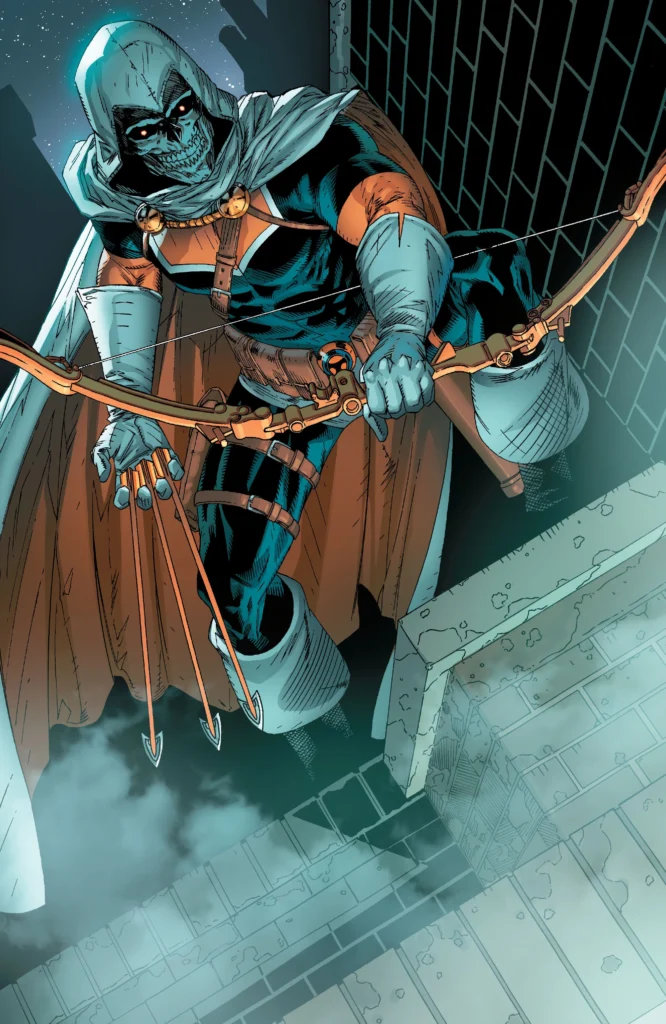
As both a mentor and a monster, Taskmaster straddles the line between hero and villain like few characters can. He (or she) can be the ultimate ally in battle, or the last person you want to see copying your every move. And unlike other villains, Taskmaster doesn’t fight for ideology, vengeance, or chaos. Taskmaster fights because that’s what they were built—and broken—to do.
In a franchise filled with gods, geniuses, and mutants, Taskmaster remains one of Marvel’s most fascinating enigmas. In the comics, he’s a weapon with a soul, a villain with a conscience buried somewhere under layers of mimicry. In the MCU, the identity is evolving—more mystery than answer.
But that’s what makes Taskmaster so compelling. Beneath the mask could be anyone. And maybe that’s the point.
The question isn’t just “Who is Taskmaster?” It’s who will they become next?
And as Thunderbolts reshuffles Marvel’s moral deck, that might be the most dangerous unknown of all.

